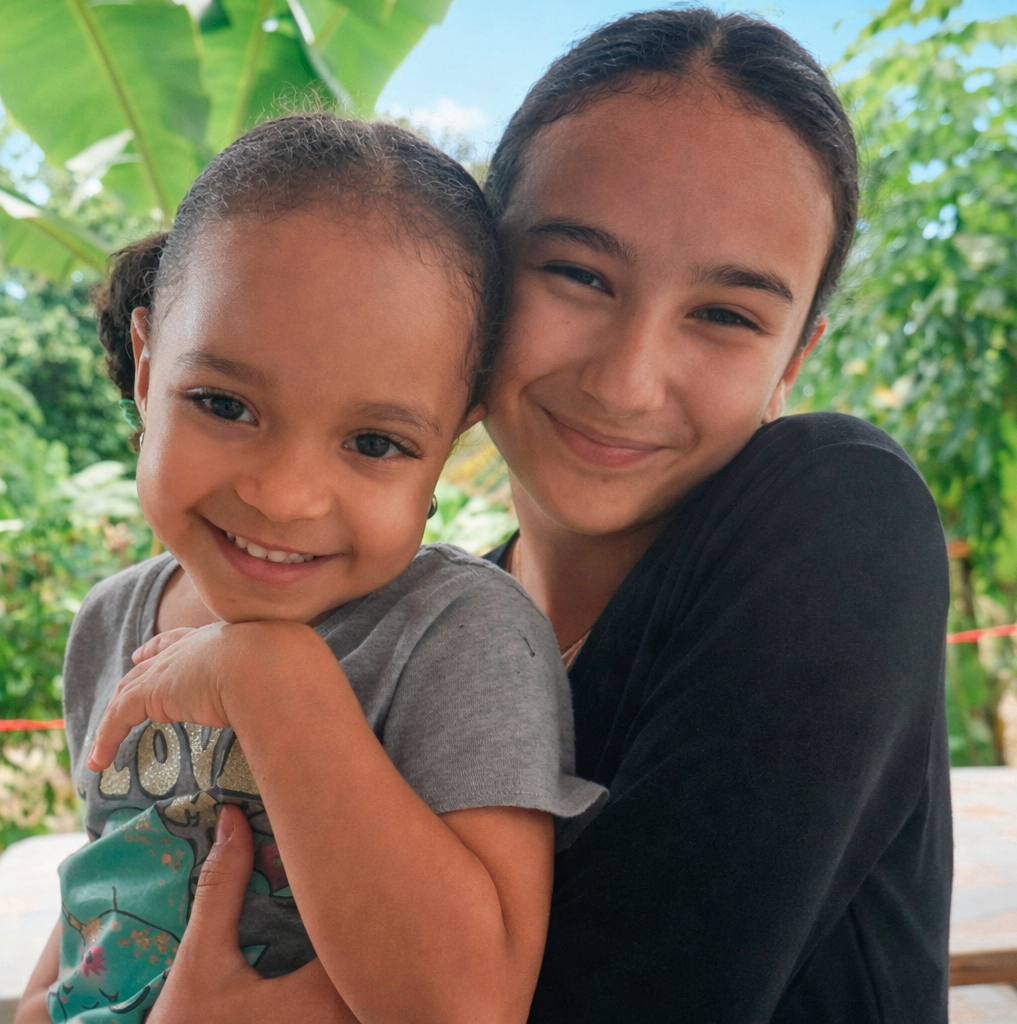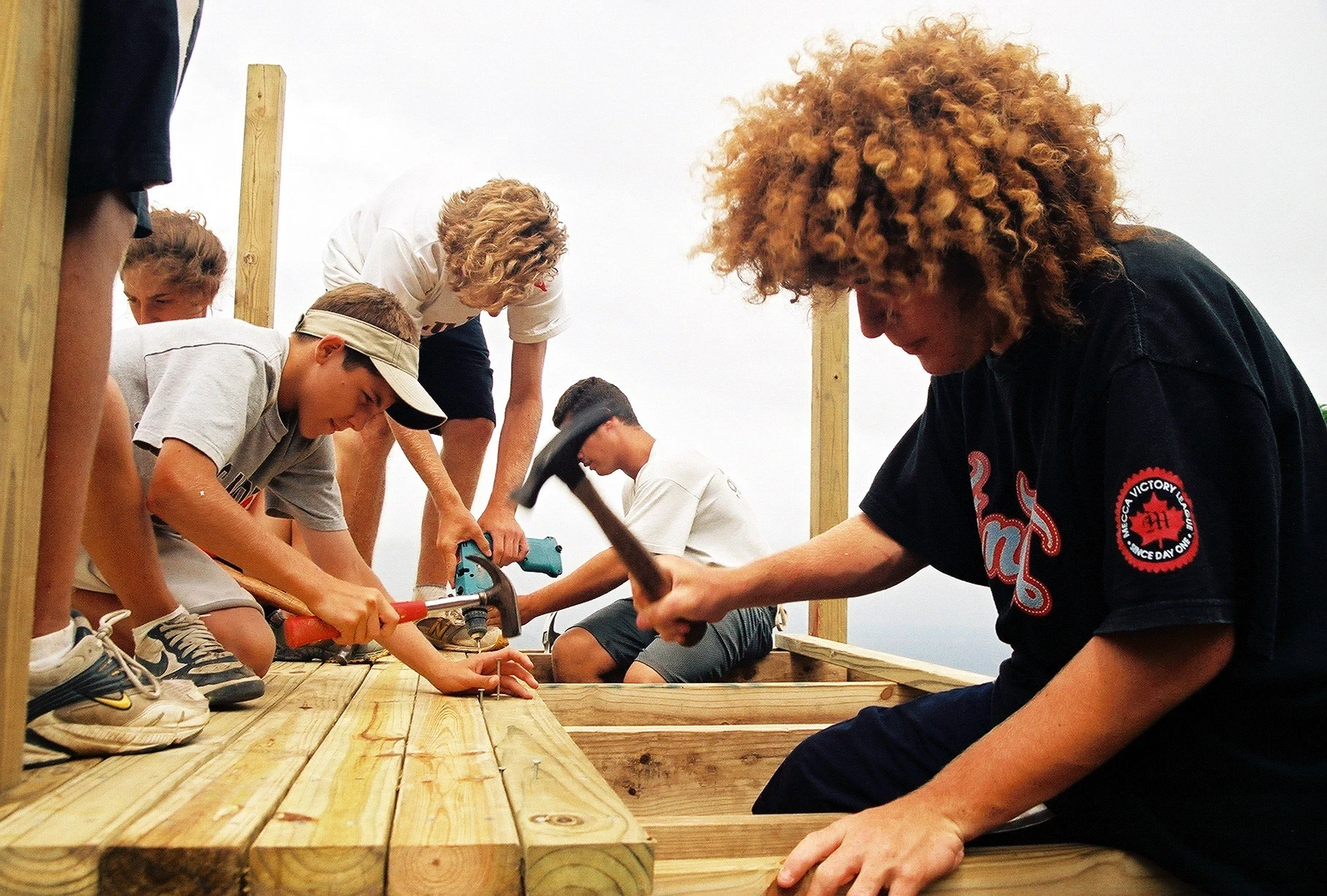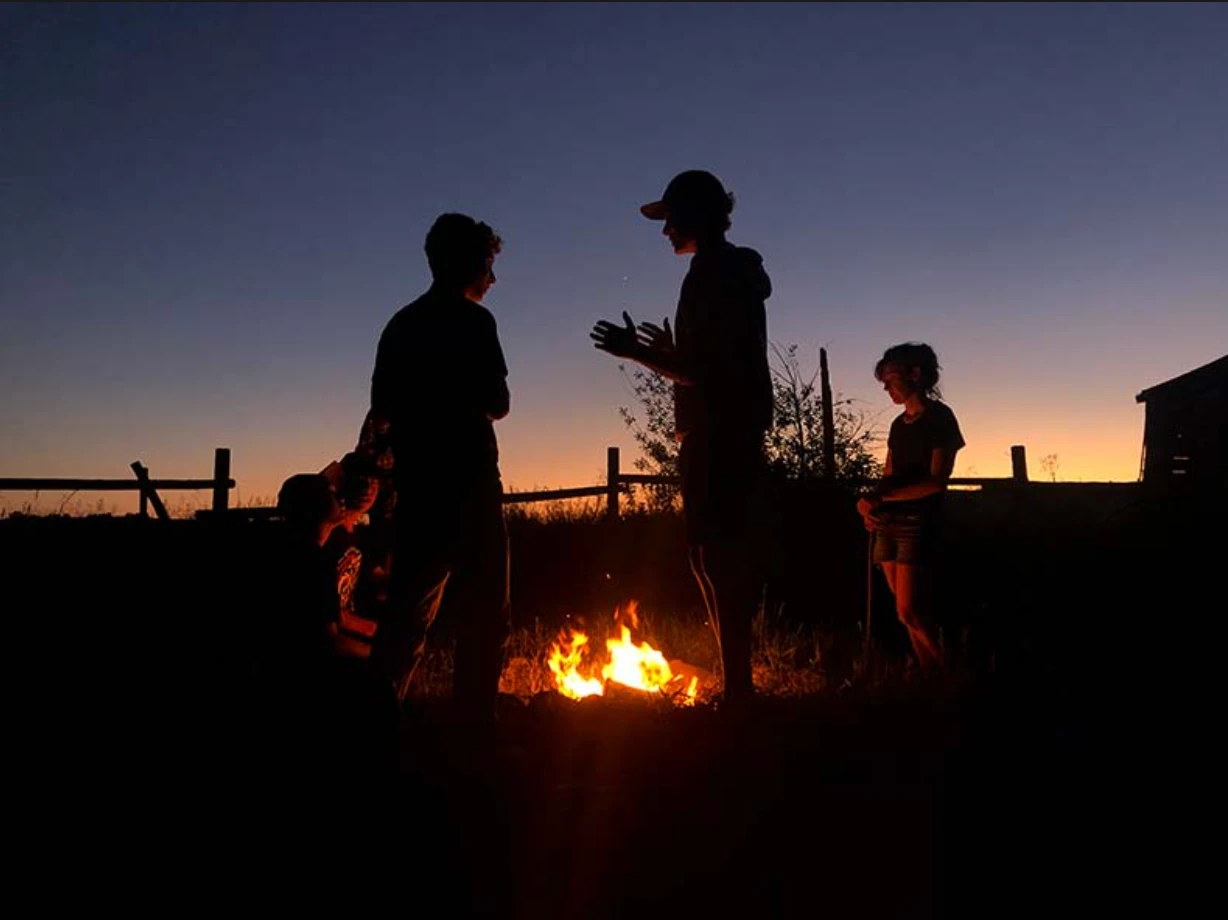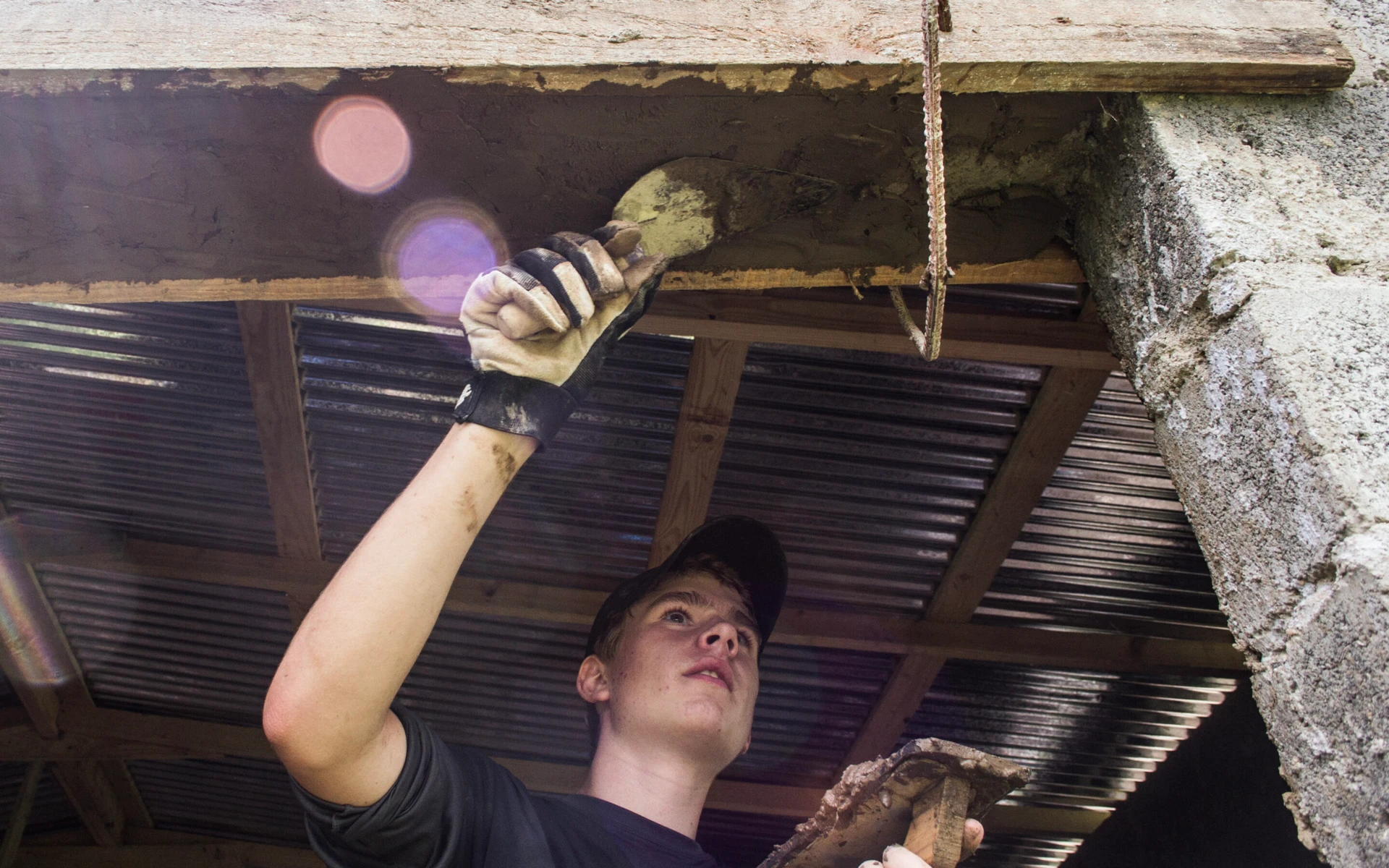Note: This article was originally published September 2024, but continues to be re-published in order to be seen by anyone interested in a VISIONS program.
By Katherine Dayton, Executive Director
VISIONS programs are high impact because the experience provides teens with the opportunity to dig deep, be action focused, and build community. We don’t push an agenda other than being mindful of what it’s like to walk in another person’s shoes and pushing our comfort zones while also,“Forg(ing) connections with the self, others, and the natural world in ways that build empathy and make us whole.” —VISIONS Values
VISIONS Mission is: To live in harmony with ourselves, each other and the natural world.
Programs That Embody Important Values
With our mission in mind, we cannot turn a blind eye to the other beings that inhabit this planet. Whether wildlife that we aim to help during conservation initiatives; pets through our spay & neuter, fostering and adoption programs; or the animals that are used for human consumption—all these creatures deserve to be considered when we think about our programs.
That’s why VISIONS is taking a careful look at the food we serve, and why we aim to reduce our dependence on factory farm-based animal products by sourcing at least 75% of our meat, eggs and dairy from non-factory farms. To provide context and background, here are some statistics from the Animal Society for the Prevention of Cruelty to Animals (ASPCA):
“At any given moment, there are over 1.6 billion animals being raised for food across the United States, and over 10 billion farm animals are slaughtered annually (globally). These animals are overwhelmingly raised on what the Environmental Protection Agency (EPA) and the agriculture industry call Concentrated Animal Feeding Operations (CAFOs). We call them factory farms. Each CAFO may hold tens or even hundreds of thousands of animals sealed inside in extremely crowded conditions.
In addition to causing animal suffering, raising animals in these conditions does enormous environmental damage. Globally, animal agriculture represents 14.5% of all human-caused greenhouse gas emissions. While much discussion is devoted to methane from cows, the massive feed-crop production and manure associated with all CAFOs are significant contributors to air and water pollution as well as climate-warming emissions.
-
- In the U.S., animals on CAFOs produce an estimated 885 billion pounds of manure each year, none of which is treated or regulated by a government agency.
-
- Nearly 50% of corn and 70% of soy grown in the U.S. is produced to feed animals raised in CAFOs. Those crops consume vast quantities of water and require enormous amounts of fossil fuels and pesticides, all of which adds to the environmental footprint of the final product.
Despite its heavy environmental impact, industrial animal agriculture is largely exempted from federal and state air and water pollution regulations that apply to other major industries, just as it is exempt from almost all state and federal animal-protection laws.”
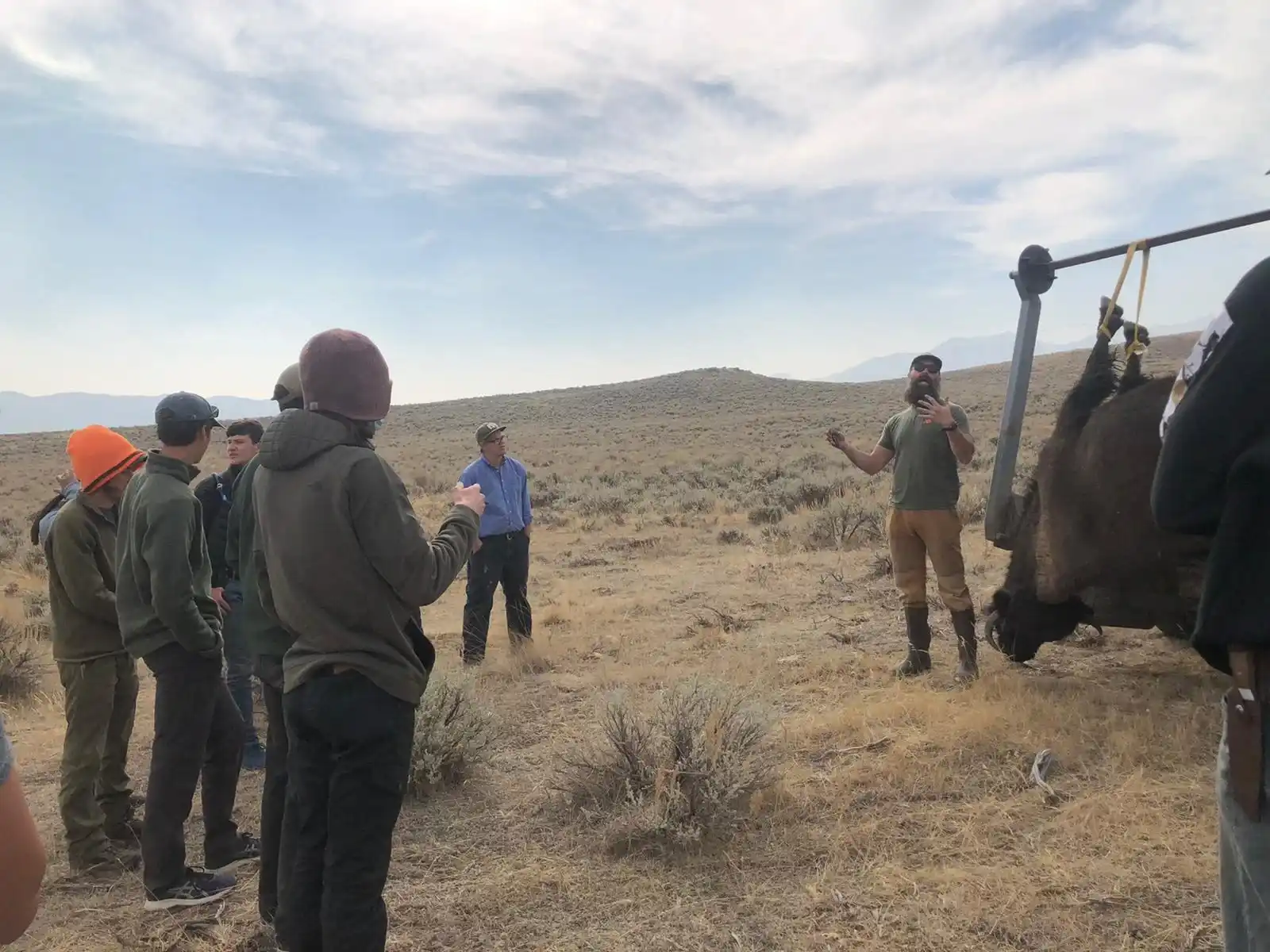
VISIONS students at a buffalo harvest and learning about regenerative ranching and agriculture.
Taking Care of Our Students
In addition to animal welfare and environmental reasons to examine what we eat, we want to fuel our participants with food that nourishes and keeps them healthy. Snacks and meals tend to avoid junk food and high sugar content, while also balancing different eating styles. Animal products that come from factory farming often means consuming pesticide residue, antibiotics and artificial hormones. The findings are compelling that this sort of food is hurting our health.
Factory farms are also harmful to human health. An investigative report from The Humane League revealed that 99 percent of the packaged meat sold in US supermarkets comes from diseased chickens.
What This Means for Your VISIONS Program
Eliminating factory farm-produced animal products altogether is not our aim, at least not at this time. We are also not pushing participants to be vegetarian or vegan.
Although more than 99 percent of US meat production facilities are factory farms and kill an average of 23 million animals every day (Forbes Magazine, January 26, 2023), and statistics aren’t much better in Peru or the DR as global commerce increasingly takes hold, there are other options.
On our Montana Blackfeet program, for example, VISIONS supports the valiant strides of the tribe’s Buffalo Program, which has become a national leader in reintroducing buffalo to their ancestral lands. The animals live freely on open plains, are never sent to feedlots, and are harvested in the field or in a nearby slaughterhouse. Each animal lives a healthy, free life with their herd until the very end, when they are honored and thanked for their sacrifice.
The buffalo meat is healthy and tasty (for most people, it’s rather indistinguishable from beef), and sales support the Blackfeet Nation. It’s a primary protein source for our Blackfeet program, and will be relied upon even more in the coming years.
In Peru, we live in an agricultural region where small farms are abundant and where we are shifting to sourcing as much meat as possible from these nearby locations instead of from the commercial chains. The Dominican Republic also has options for sourcing local meat that we are looking into.
We won’t be abandoning eggs or dairy on programs, but we are actively seeking to source as many of these items as possible from non-factory farms. Any dairy will be pasteurized in order to meet our health requirements.
When non-factory farm options aren’t available locally, we’ll be picking and choosing selectively, including some plant-based alternatives that many participants are probably already accustomed to (nuts, soy-based items, chickpea falafels, non-dairy milk options, etc.).
For snacks purchased during outings, participants are of course free to choose what they buy.
What We Do Matters
Although VISIONS is a small organization in the field of teen programs, we are mighty in terms of the positive impact on the lives of people in our host communities. We are also mighty with the enduring positive effects for students who participate. Much of this is because we break out of the mold. We are entirely tech-free, kids do chores and take care of our living space, kids are given daily real-world responsibilities, and everyone—at least on occasion—is pushed out of their comfort zone for the sake of making good things happen, doing the right thing, and taking care of each other.
It makes us proud to be focused on doing the right thing for animals, as well. The path ahead is somewhat uncharted, but our values guide us and we hope that you will be part of it with us.


